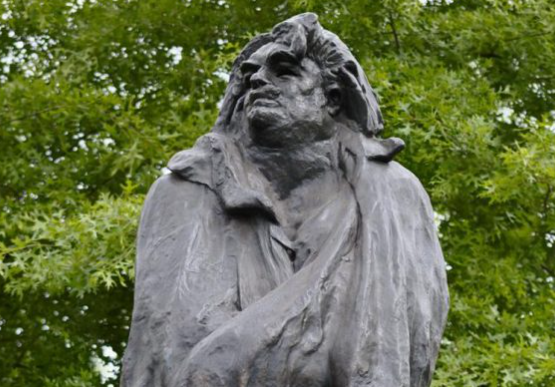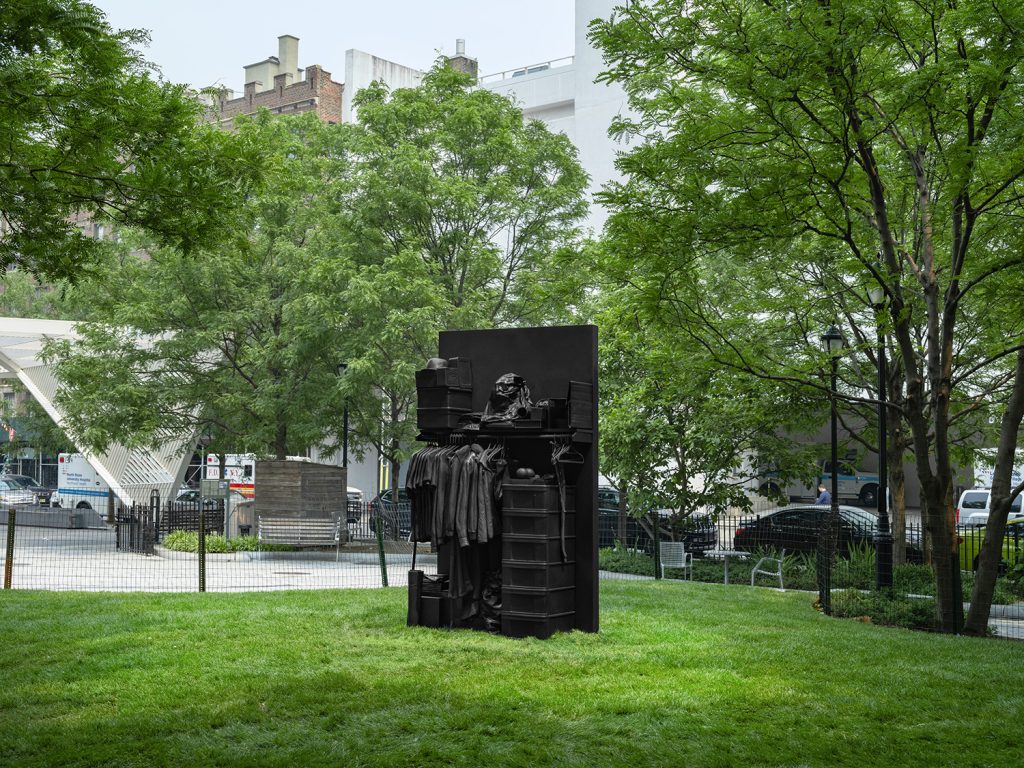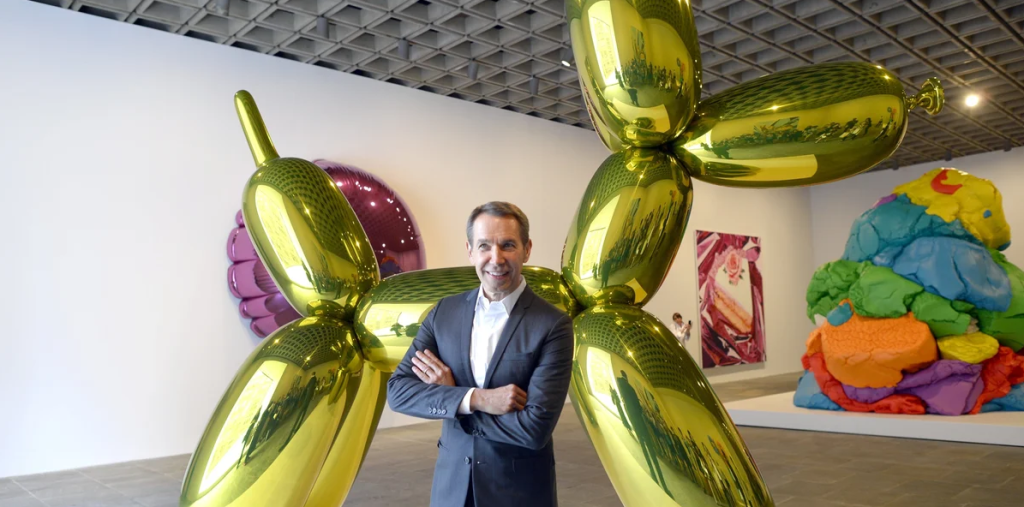Unveiling the Genius: The Story Behind Rodin’s Balzac Sculpture
The art world is filled with masterpieces that tell stories not just through their appearance but also through their creation process. One such work is Auguste Rodin’s “Balzac,” a sculpture that stands as a tribute to the great French writer Honoré de Balzac. Understanding the story behind this piece offers insights into Rodin’s artistic vision and the challenges he faced.
The Vision of Rodin
Auguste Rodin, a pioneering figure in modern sculpture, created “Balzac” in the 1890s. This work was commissioned to commemorate Balzac’s literary contributions, particularly his exploration of French society in novels such as “Eugénie Grandet” and “Lost Illusions.” Unlike many traditional sculptures that idealize their subjects, Rodin aimed to capture the essence of Balzac’s spirit—his intensity, passion, and complexities. This innovative approach highlighted Rodin’s desire to portray more than just the physical form; he wanted to delve deep into the character’s soul.
Challenges of Creation
Rodin faced significant challenges while creating “Balzac.” Initially, the commission came from the Society of Artists in 1891, but it was met with skepticism and criticism. Many were not ready for Rodin’s unconventional style, which broke away from classical representations. He worked incessantly on the statue, making alterations to embody Balzac’s profound presence and weighty intellect. The sculpture was completed in 1898, but it wasn’t until 1939 that it was finally unveiled to the public in Paris, showcasing a labor of love that spanned decades.
Legacy and Cultural Impact
The impact of Rodin’s “Balzac” continues to resonate in both the art world and literature. The sculpture is lauded for its dramatic pose, which reflects a figure immersed in thought, symbolizing the struggles of creativity and the burdens of the artist. Its raw, expressive form has inspired countless artists and has been a subject of discussion in academic circles. Today, it serves as a reminder of the merging of literature and visual art, exploring how artists can interpret and celebrate the written word through physical forms.
In conclusion, Rodin’s “Balzac” is more than just a sculptural representation; it encapsulates the essence of a literary titan while showcasing Rodin’s unique vision as an artist. If you’re intrigued by art or literature, consider exploring the intersections they create in works like this. Each piece has a story waiting to be unveiled!


